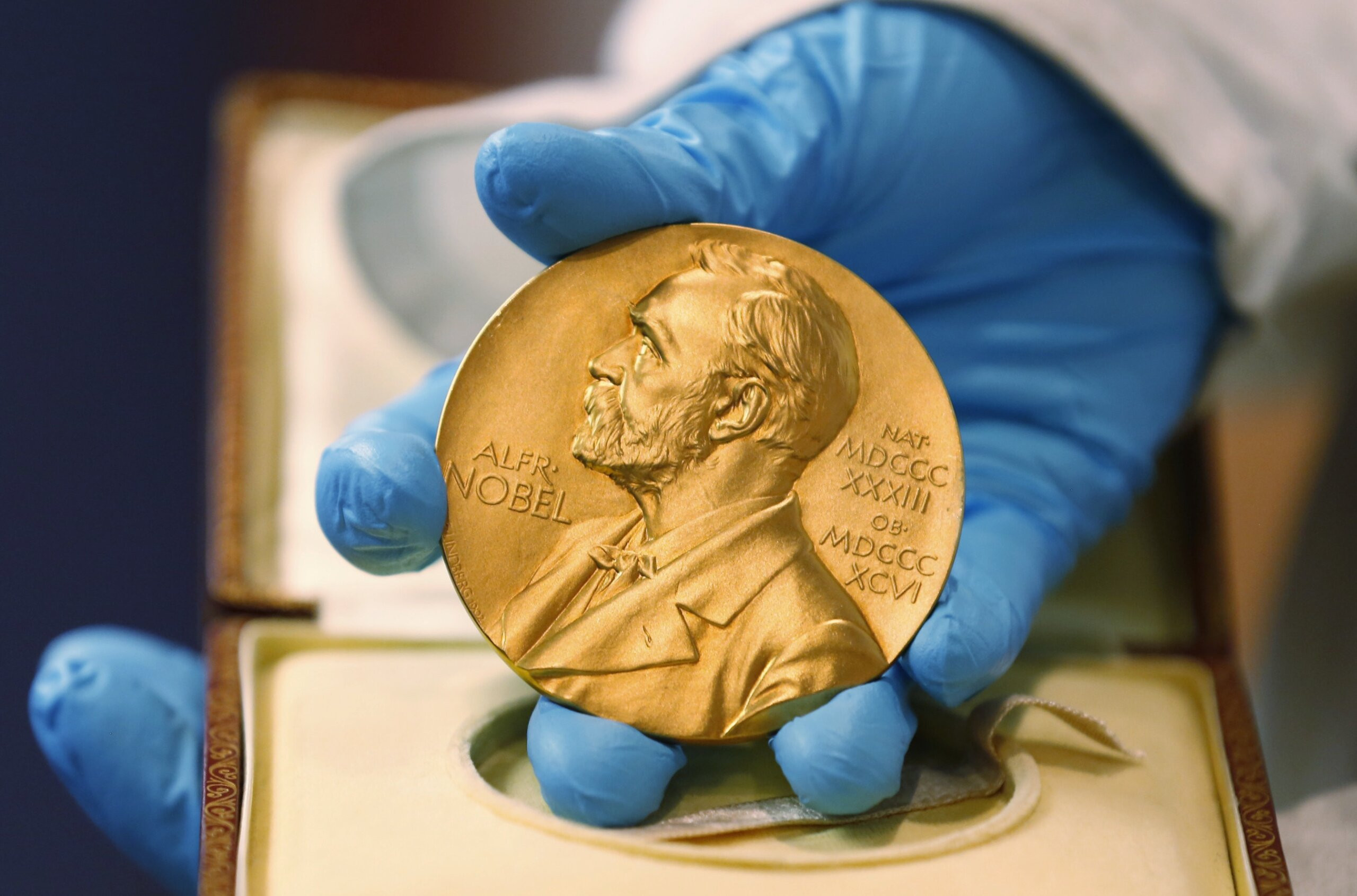A Breakthrough in Precision Measurement: Unraveling Beryllium's Magnetic Moment
The electron shell surrounding an atom acts as a shield, preventing direct access to the nucleus and its properties. A team at the Max Planck Institute for Nuclear Physics has successfully measured the effect of this shielding in beryllium atoms with unprecedented precision. This remarkable achievement, published in the journal Nature, sheds light on fundamental physics and enhances our understanding of nuclear magnetic resonance (NMR) applications in various fields.
Unveiling the Secrets of Beryllium's Nucleus
The study centered on the magnetic moment of beryllium-9, a property crucial for understanding the atom's behavior in a magnetic field. This measurement surpassed previous efforts by a staggering 40 times, offering valuable insights into NMR applications in chemistry and the precise measurement of magnetic fields.
The Challenge of Theoretical Calculations
While the magnetic moment of a nucleus and the shielding effect of the electron shell might seem straightforward to calculate in modern physics, the reality is far more complex. Calculating the interactions within systems containing more than two bodies, such as atoms with multiple electrons or even the simplest nucleus, hydrogen, is a formidable challenge for theoretical physicists. This limitation restricts the accuracy of theoretical predictions, emphasizing the importance of precise experimental measurements.
Penning Traps: A Powerful Tool for Precision Measurement
Klaus Blaum's team at the Max Planck Institute developed a cutting-edge method using Penning traps to measure the magnetic properties of atomic nuclei with exceptional accuracy. Penning traps, devices that confine charged particles using a combination of electric and magnetic fields, allow for the precise manipulation and study of ions over extended periods.
Beryllium: A Unique Choice for Precise Measurement
The researchers chose beryllium-9 as their target due to its unique characteristics. Its small atomic nucleus eliminates the need for complex corrections required for larger nuclei, simplifying the analysis. Moreover, its proximity to helium, an important probe for NMR applications, makes it an ideal candidate for understanding the shielding effects of electrons.
Addressing the Shielding Mystery: The Case of Helium-3
The team's previous work involved measuring the magnetic moment of helium-3, another key probe for NMR, using a Penning trap. However, they had to remove an electron from the helium-3 atom, as Penning traps require charged ions. This posed a challenge because the shielding effect of electrons in neutral helium-3 was not fully understood.
Beryllium-9: A Key to Understanding Electron Shielding
By removing three electrons from beryllium-9, leaving only one electron, the researchers created a hydrogen-like system that allowed for precise measurements of the shielding effect. This provided valuable data that can be applied to understanding the electron shielding in neutral helium-3, enhancing the accuracy of NMR applications.
The Electron: An Antenna for Measuring the Nuclear Moment
The remaining electron in the beryllium-9 ion served as an antenna to amplify the faint signal of the nucleus's magnetic moment, which is 26 orders of magnitude weaker than a compass needle. This amplification made it possible to measure the magnetic moment with unprecedented precision, providing the second-most precise measurement after the proton.
A Double Win: Fundamental Physics and Practical Applications
The research in Heidelberg offers a double win, advancing both fundamental physics and practical applications. The precise measurement of beryllium-9's magnetic moment provides valuable insights into the fundamental interactions within atoms, while the data on electron shielding enhances the accuracy of NMR applications in various fields. These findings highlight the power of precision measurements in unlocking the mysteries of the atom and improving our understanding of the world around us.
A New Era of Precision Measurement
This breakthrough demonstrates the potential of Penning traps and other advanced techniques for pushing the boundaries of precision measurement. As scientists continue to refine their methods and explore new possibilities, we can expect even more exciting discoveries and technological advancements in the future. From fundamental physics to practical applications, precision measurement is a vital tool for unraveling the complexities of the universe and improving our lives.


















